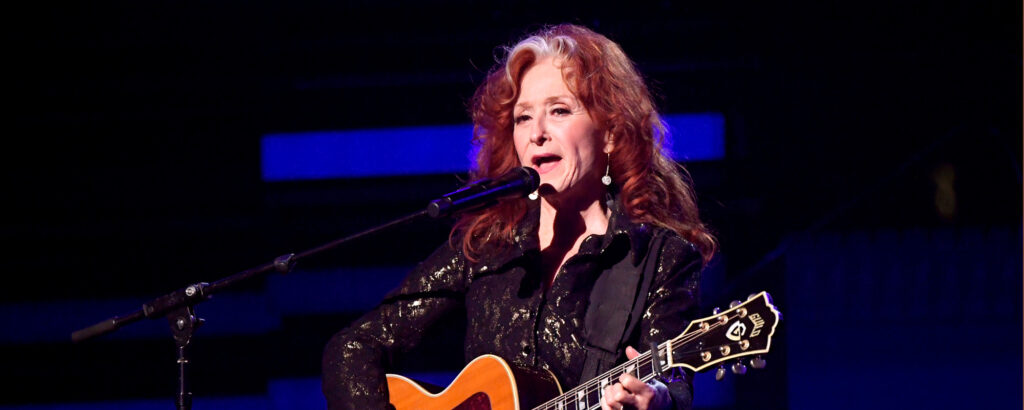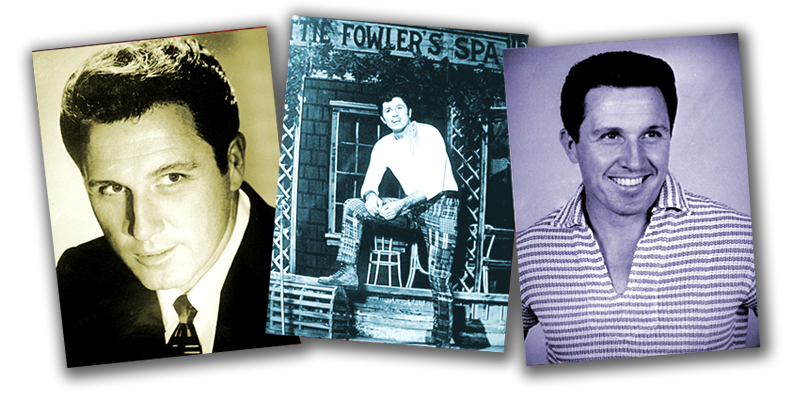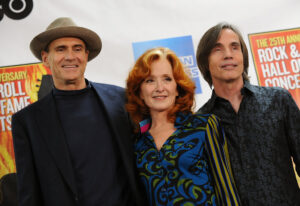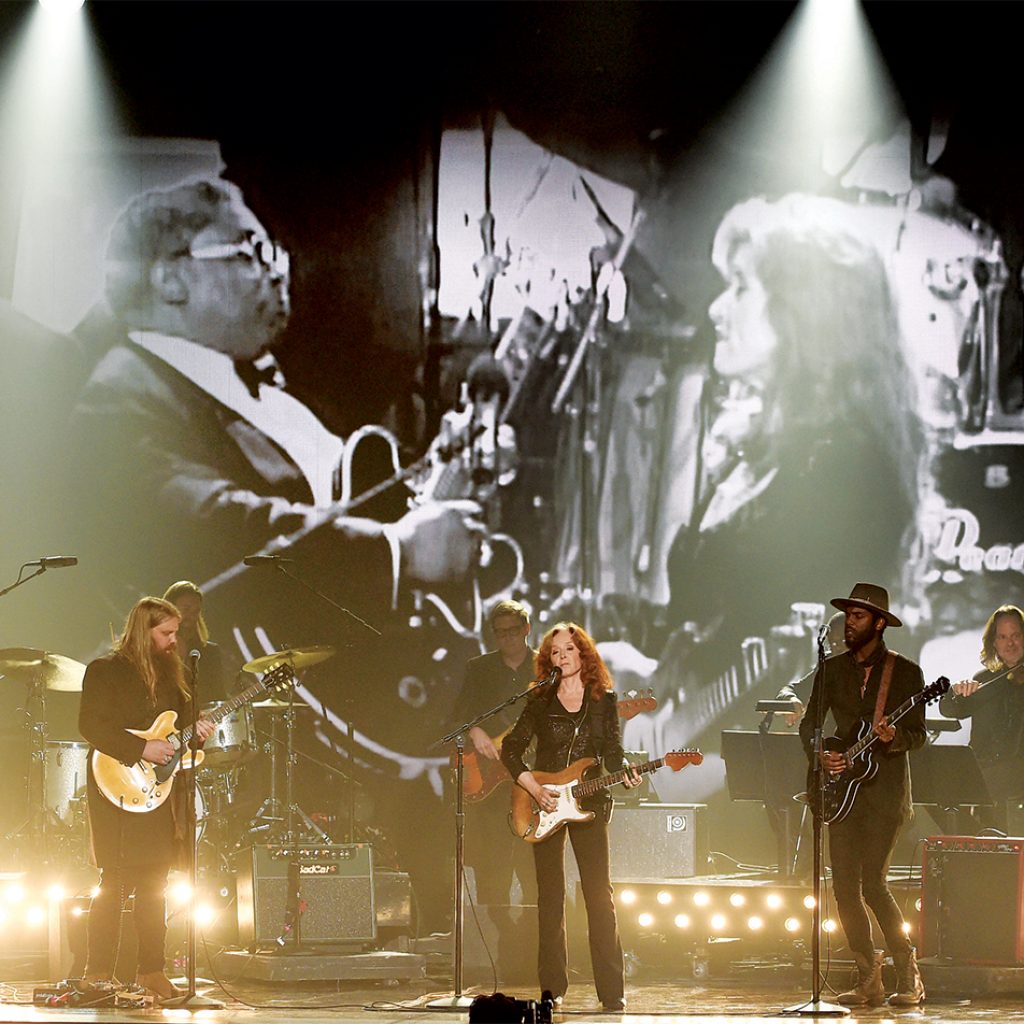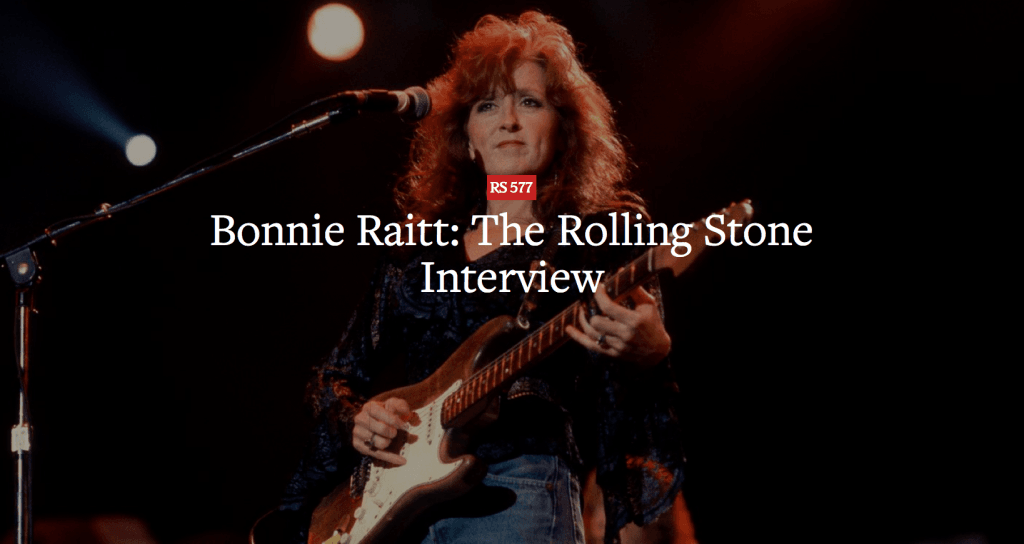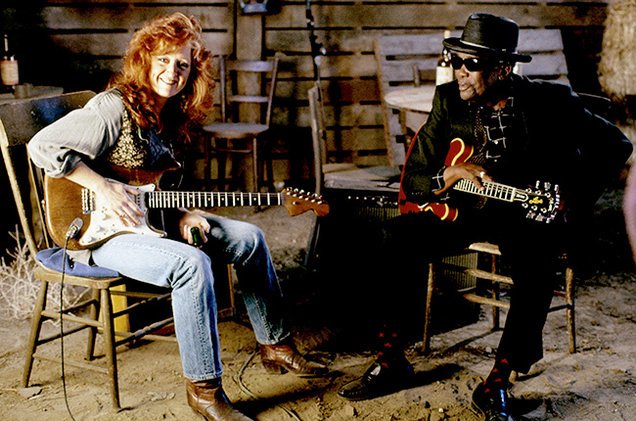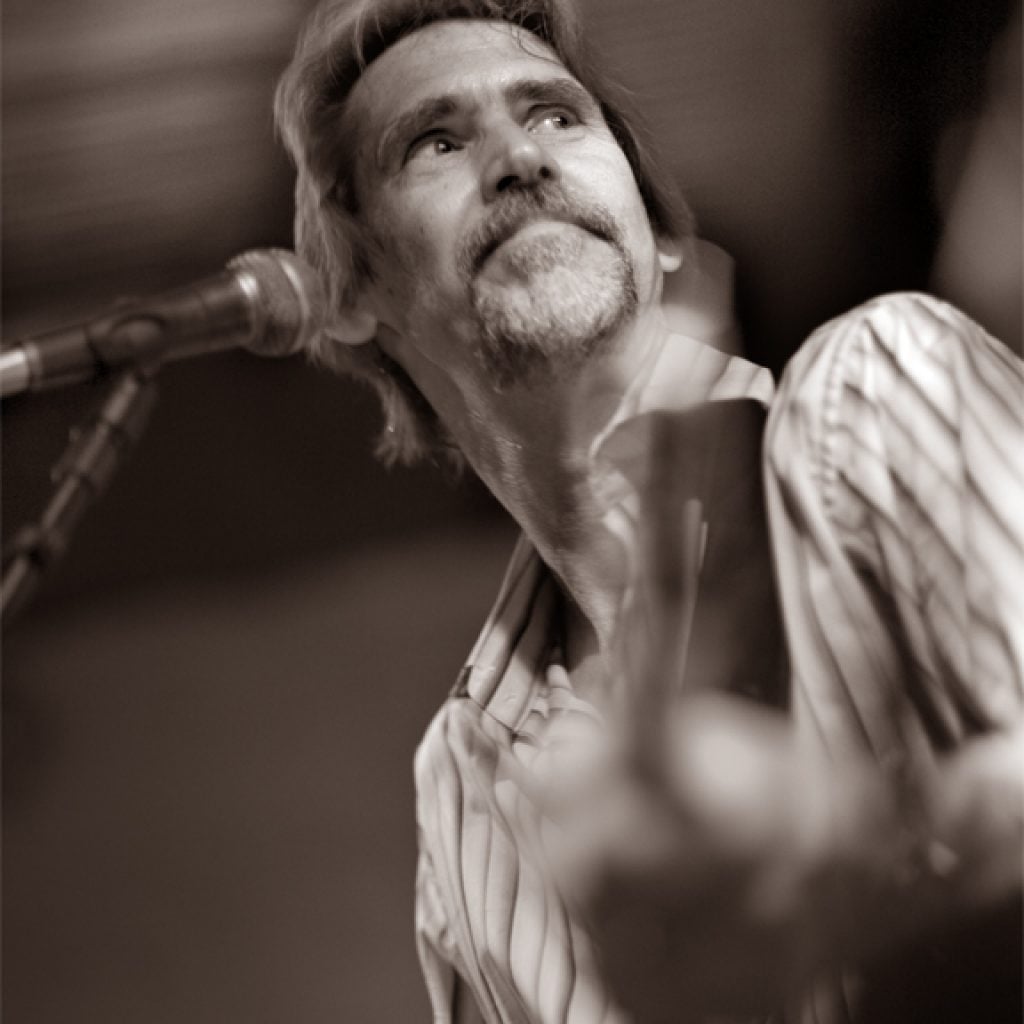I Can’t Make You Love Me
Writer: Mike Reid & Allen Shamblin
Original/Definitive version: Bonnie Raitt, single, 1991
Available on: Luck Of The Draw (Capitol, 1991)
Other versions: Prince, George Michael, Nancy Wilson
IT BEGAN with a newspaper article. “I was reading the morning paper,” says Mike Reid, “and there was a back page story about a guy – an old country boy — who had gotten tanked up on moonshine. He went a little nuts and he took to shooting up his girlfriend’s car. He was taken in and when he came before the judge, the judge said, ‘What have you learned from this experience?’ wanting him to say, ‘You can’t get drunk and shoot everything.’ He said, ‘I learned, your honour, that you can’t make a woman love you if she don’t.’
“Allen [Shamblin, Reid’s cowriter] was coming over that day, and we started writing it. We kicked it around as an uptempo bluegrass song for about six weeks. It was something I imagined Ricky Skaggs would do.”
But the pair didn’t finish the song, sensing that they hadn’t yet found the proper setting. Reid recalls: “I had been listening to a lot of Irish music, and I came home from taking my children to school. That was a good time for me to sit at the piano, because when they were very little, there was something about having them in the car: my defences were gone. It’s a guileless time. This melody just came out that morning. A whole verse was improvised into the tape recorder and it seemed to make sense with that title we’d been kicking around. I called Allen and said. You’d better come over and check this out.
“It’s torn from the depths of feeling, from that really horrible place where your love is unrequited.”
“We worked on it and once we understood who the character was in the song, it took a couple of days,” Reid says. “When we finished it, it was a beautiful moment. It was one of the few songs I’d ever been involved in where I looked at it and thought, There’s nothing to change. But I felt certain there were only a handful of places to go with it. Ronstadt or Bonnie Raitt were the only two singers that came to mind.”
Bonnie Raitt remembers: “I was astounded the first time I heard it, and I knew I had to record it. I’m a big fan of Mike’s voice, and the two of them together wrote probably one of the most exquisite songs I’ve ever heard. I think it stands among the best songs ever written.”
Raitt cut it in a spare, piano-driven arrangement that spotlighted the song’s heart-wrenching emotion. Reid says: “I was stunned the first time I heard her version. It’s the difference between when you hear something thrills you and when you hear something that just stops you in your tracks. Her version just stopped me.”
I’m still trying to process the impact it’s had on my life,” says Shamblin. “Almost weekly, Mike Reid or I meet someone who expresses how much her version of the song means to them. I was blown away when she recorded it, and I still haven’t recovered.”
“People do seem compelled to talk to me and Allen about this song, and tell us how it’s affected them,” Reid says. “I had the guy at the music store tell me recently, ‘That song was a gauge for me. It really helped me through a difficult time when I was going through a divorce.’ He said he knew he was finally able to get on with his life and be over this horrible time when he could listen to that song and not be shattered by it.”
It is astounding how many songwriters interviewed for this issue mentioned this song. Carole King describes it as “torn from the depths of feeling, from the bottom of that horrible place where your love is unrequited.” Lamont Dozier saw Reid perform it live: “I thought Bonnie Raitt’s version was fantastic, but to hear the writer deliver his own composition… The tears started flowin’.”
In the decade since its release, the song has grown in stature, with covers by Prince, George Michael, Nancy Wilson and others. Reid says, “I don’t think either Allen or I ever stand back and say, Gee, we wrote that. That’s not the deal.
For anything you write, the best thing that can happen is that people use it in their lives. They don’t view it as a piece of artifice, but as something that they integrate into their lives that means something. You empty the bags of your own life into the work, you participate in it. That’s when the writer disappears and the dance is between the singer and the listener.”
Bill deMain


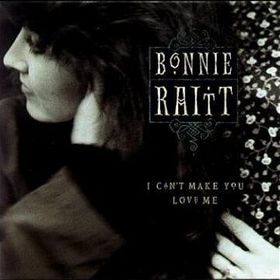






 Visitors Today : 14
Visitors Today : 14 Now Online : 0
Now Online : 0






